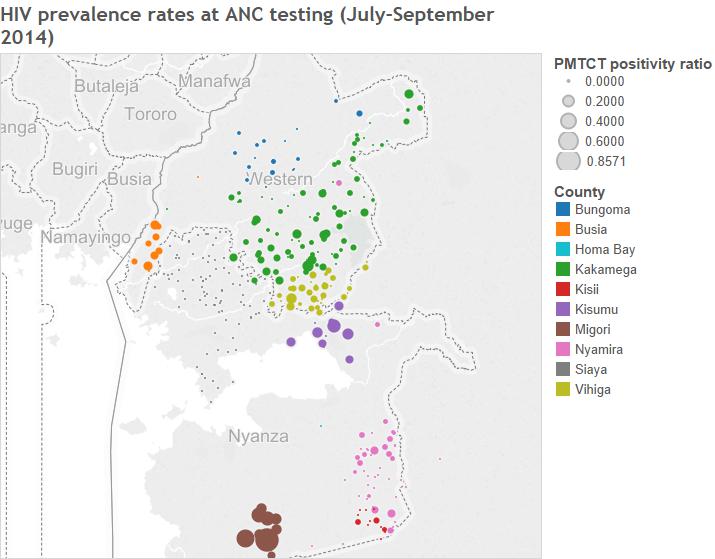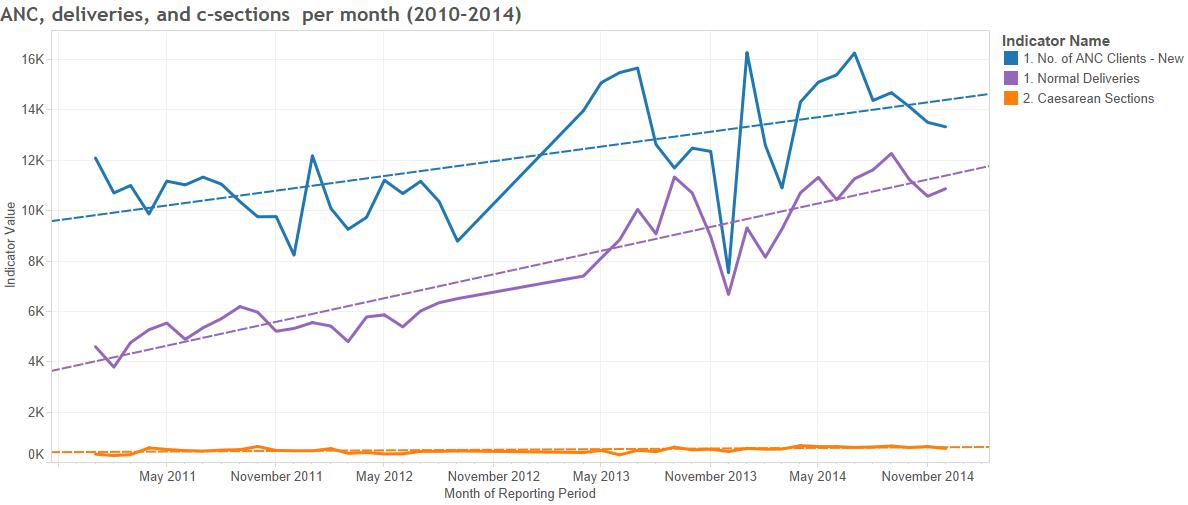Treating HIV/AIDS in Western Kenya
The epidemiology of HIV and AIDS has evolved over the years, but strained health systems in Africa haven’t always kept up. PATH, a Seattle-based global health organization, has integrated data into its day-to-day ground operations to combat the crisis in Kenya.
Collecting data about HIV and AIDS hasn’t been easy. At clinics throughout western Kenya, healthcare workers handwrite patient information, including prescribed medications and lab work. Their notes sometimes bleed into the margins and can be hard to read.
Then there’s the persisting stigma of HIV, which remains an entrenched social norm in isolated regions with high poverty and low education.
Local officials not only need to know how many HIV patients visit the clinics, but also how many have stopped visiting. Are those patients being treated elsewhere? Have they stopped taking their meds altogether?

Keeping facilities accountable to reporting data of how they identify and treat cases in their community
“These are critical questions with regards to stamping out this epidemic,” said Elaine Gibbons, PATH’s executive director of global corporate engagement.
We are eager to support nonprofit organizations that recognize the power of data to drive change. Getting questions answered in real-time allows people to be truly innovative.
That’s why Tableau Foundation partnered with PATH to empower health officials on the front lines of the HIV epidemic to better see and understand their clinical data, and to maximize impact through insight-driven decisions.
PATH uses Tableau dashboards to measure the efficacy of prevention and treatment methods. These dashboards can be customized to reflect local circumstances and concerns. With real-time data analysis, PATH can better achieve their mission to empower locals with facts, inspire policy decisions, reduce the spread of HIV, and, ultimately, save lives.

This dashboard is used to analyze different approaches to preventing HIV infections during the birthing process